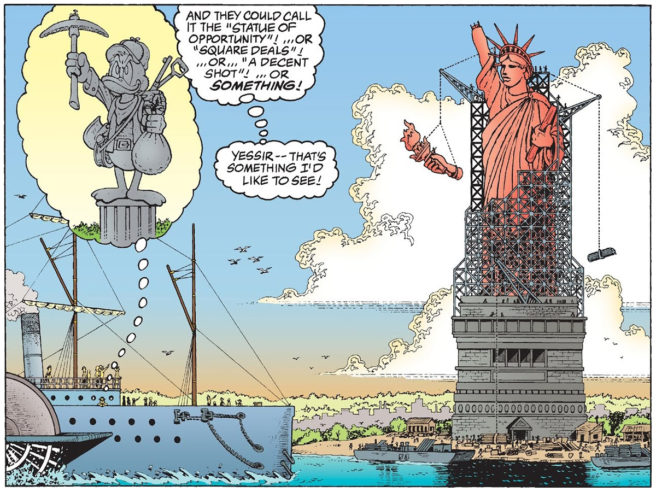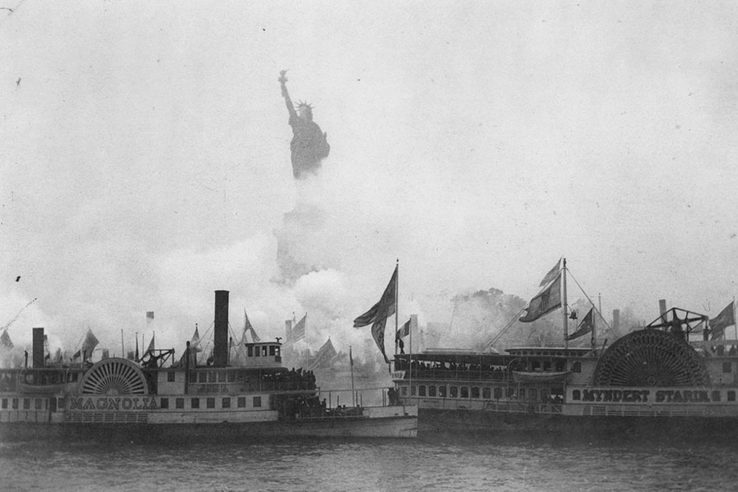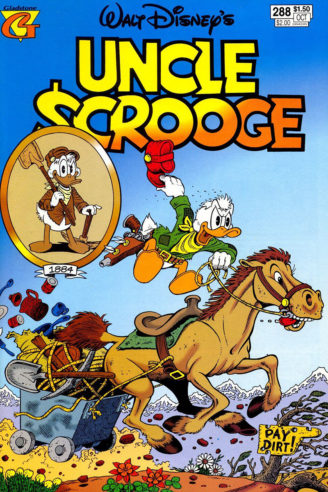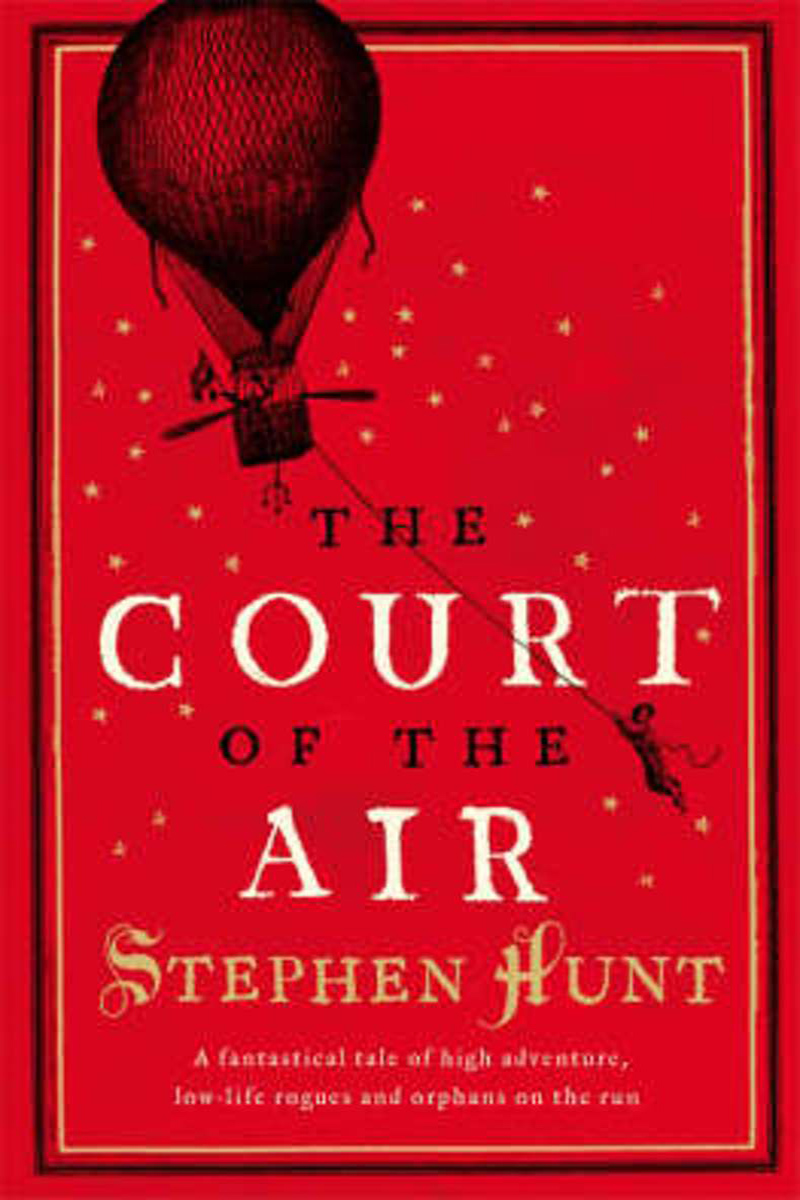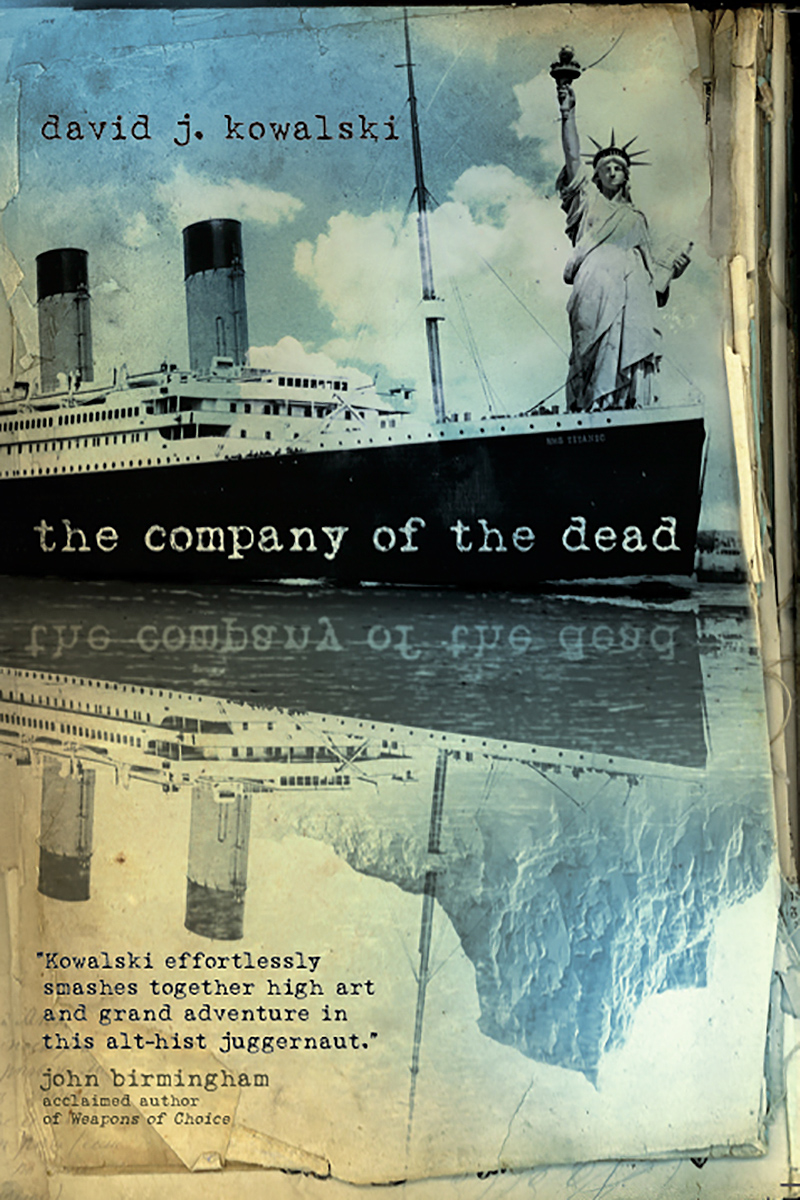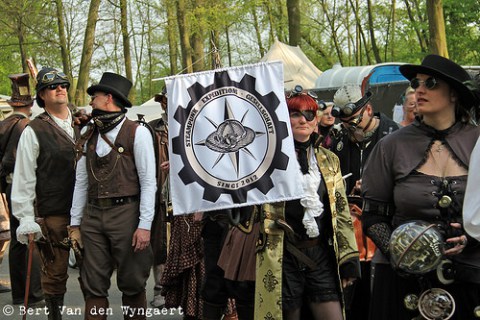By 1884, the heydays of the cattle trails were coming to an end. As accurately depicted by Ken Don Rosa in the fourth of the original twelve chapters of The Life and Times of Scrooge McDuck, the American West was becoming less wild. Fenced-off farms were taking the place of the great open-range ranches of the Dakotas, Montana and Wyoming.
In this volume, Scrooge quits the employ of cattle baron Murdo MacKenzie, who would go on to become mayor of Trinidad, Colorado in 1891 and later a member of President Theodore Roosevelt’s National Conservation Commission, to try his luck at silver mining.
There is little silver to be found in Montana, but the ground is rich in copper — just as demand for copper, to make electric wire, skyrockets.
The Raider of the Copper Hill references two stories by Carl Barks, Scrooge’s creator.
In “Only a Poor Old Man,” first published in the very first issue of Uncle Scrooge (1952), Scrooge reveals he “punched cows” in Montana in 1882 before filing a claim that contained one-third of the world’s known copper. Rosa even recreates two flashback scenes from the story.
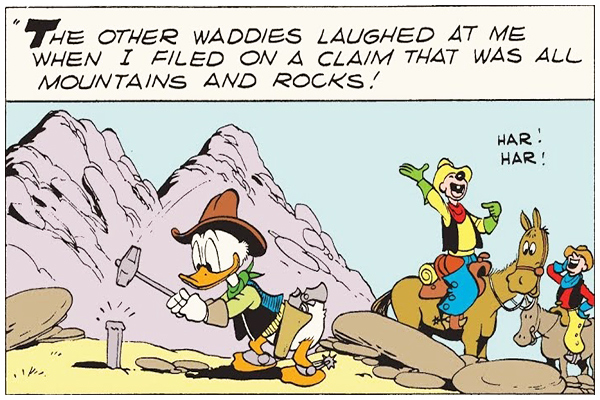
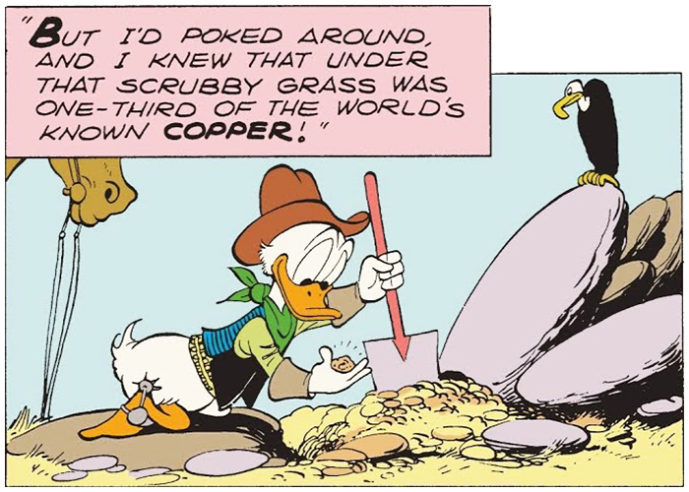
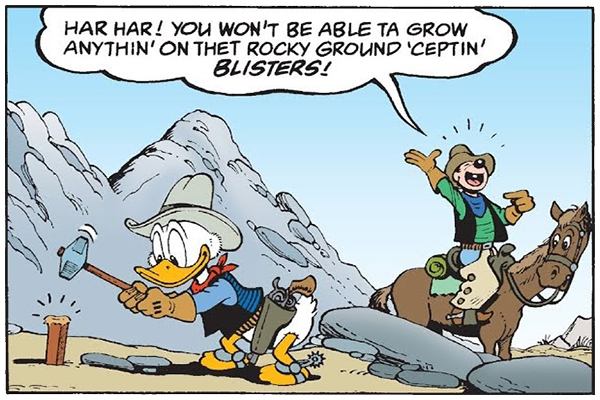

In the originally untitled story that was later published as “The Horseradish Story,” “The Horseradish Treasure” and “Trouble from Long Ago,” Scrooge almost loses his fortune when he can’t produce a family heirloom — Captain “Seafoam” McDuck’s golden dentures — which he says he sold “for enough money to buy a prospector’s outfit.” Rosa depicts that scene in The Raider of the Copper Hill.

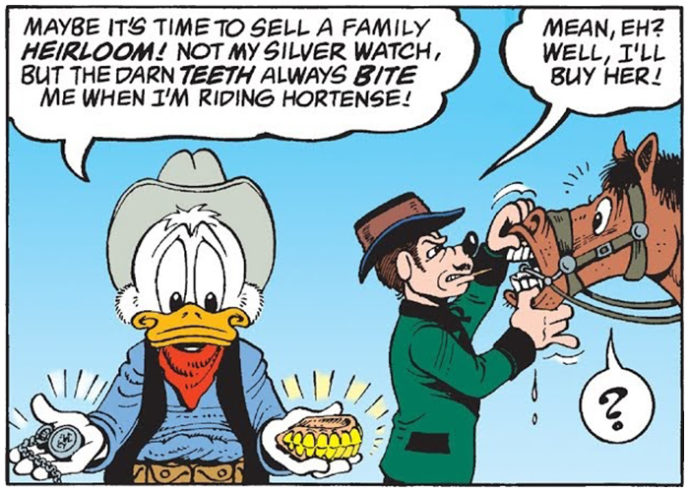
The story of the Anaconda Copper Mine, and Scrooge’s claim to it, is drawn from life. Indeed, Rosa writes in behind-the-scenes notes for Volume 4 of Uncle Scrooge and Donald Duck: The Don Rosa Library (2015) that he almost felt bad taking credit for it, because it was lifted from actual history.
Marcus Daly, working for a pair of mining investors from Utah at the time, really did buy a small silver mine in Butte, Montana in 1881, which turned out to be rich in copper. Daly bought up the neighboring mines and formed a company, the Anaconda Copper Mining Company, which in 1899 became part of Amalgamated Copper, one of the largest trusts of the early twentieth century and one of the largest mining companies in the world.
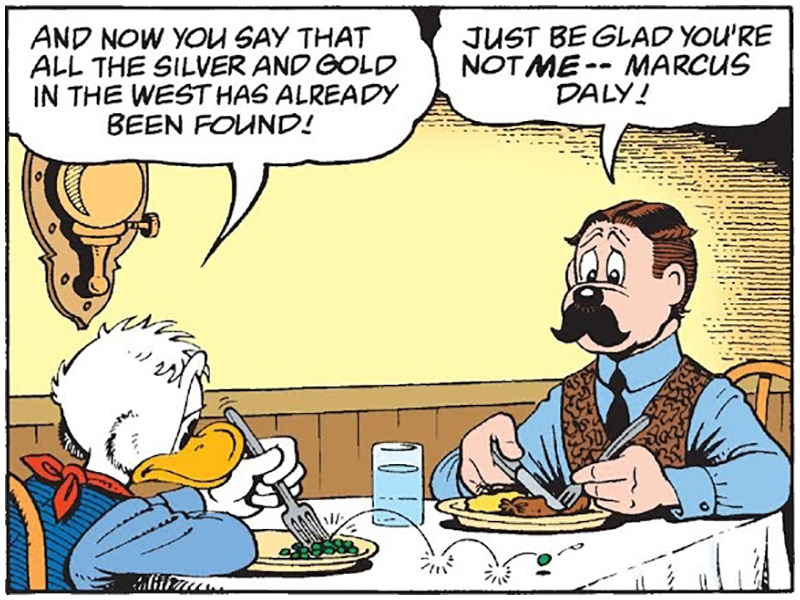
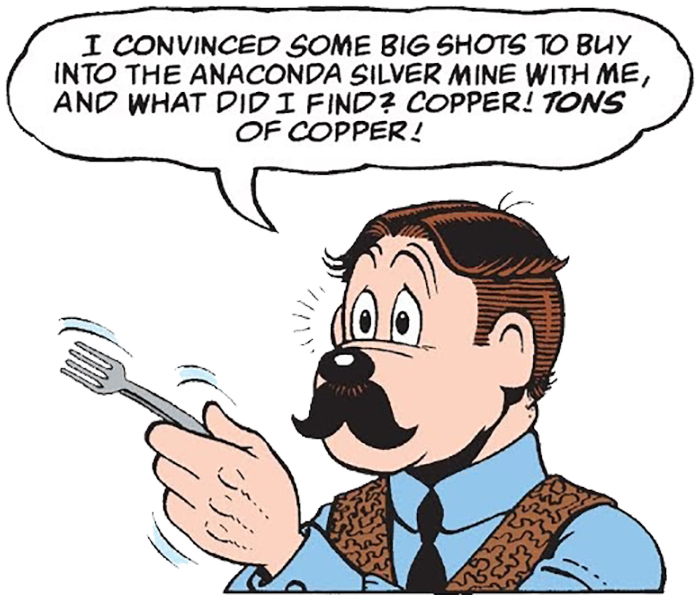
Butte became a boom town and called itself “the Richest Hill on Earth.” The Anaconda copper mine was the largest of its kind between 1892 and 1903. It closed in 1947.
In the course of his research, Rosa discovered that Daly’s rival, F. Augustus Heinze, a copper king in his own right, had used the obscure law of apex to try to get possession of the Anaconda mine. Heinze bought a small parcel of unclaimed land on top of Butte Hill, discovered a tiny vein of copper and then claimed that, since it was nearest to the surface, he owned the entire vein — and the Anaconda mine with it!
“This was the perfect situation into which to thrust the young and callow Scrooge,” writes Rosa, “and then teach him that he won’t be able to retain success until he earns it wholly of his own hard work.”
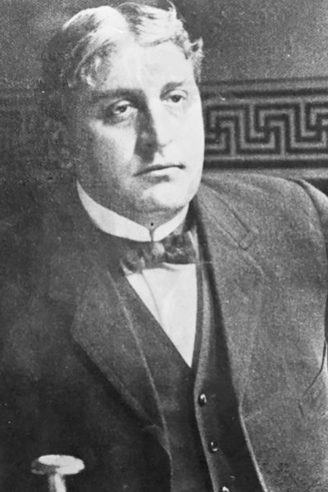
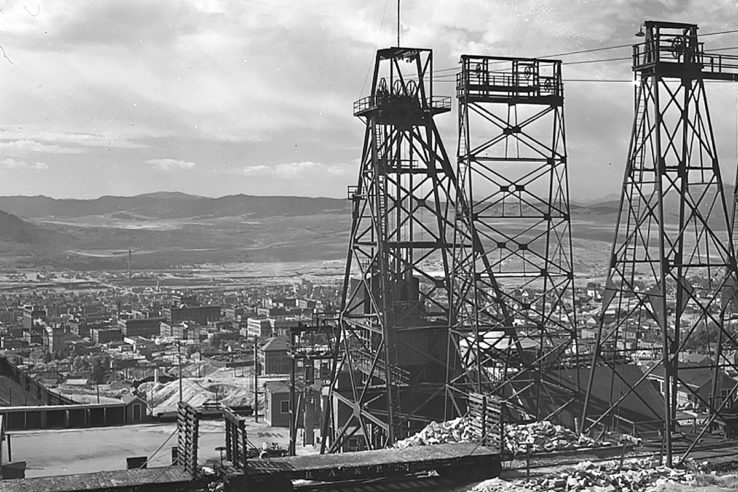
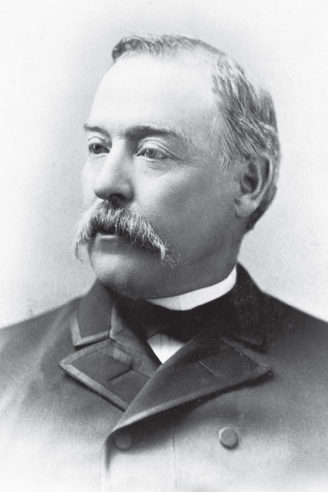
Instead of Heinze, it is Scrooge who claims the right of apex, aided by another mogul: Howard Rockerduck.
Rockerduck will visit the Glasgow of Scrooge’s youth in Of Ducks and Dimes and Destinies (1995, annotations here), the first of the in-between, or “B”, chapters that were published after The Life and Times. His spoiled son, John D., is based on the oil tycoon John D. Rockefeller and will become one of Scrooge’s nemeses later in life.
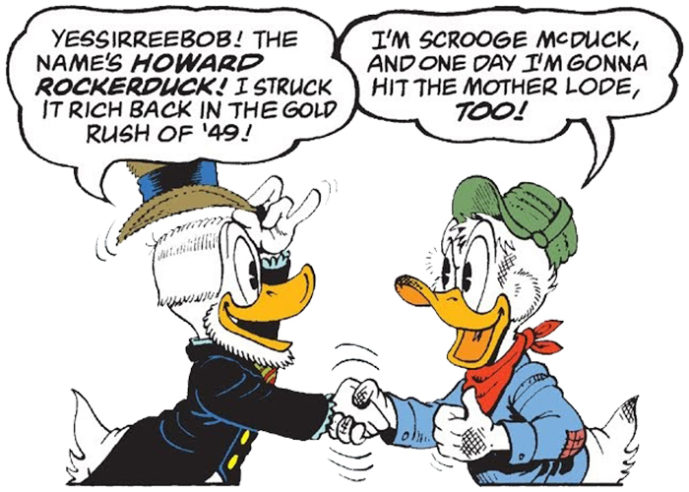
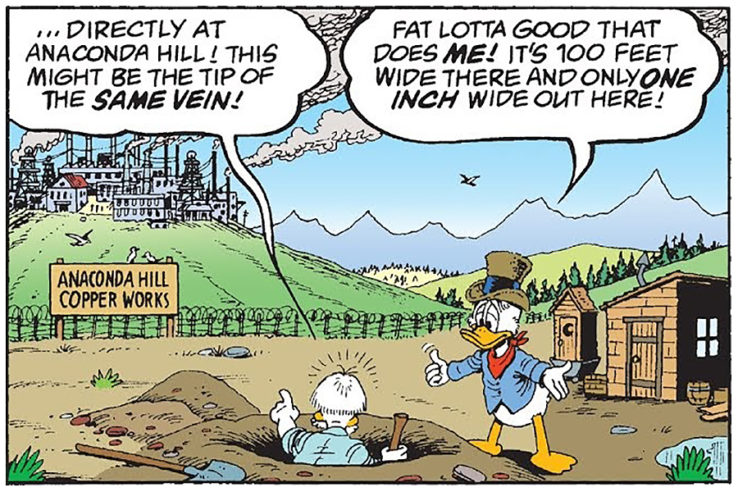
Scrooge misses his chance to strike it rich in The Raider of the Copper Hill when he is called home by his parents. On his way back, he passes the Statue of Liberty, which was under construction at the time and inaugurated on October 28, 1886.
